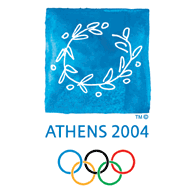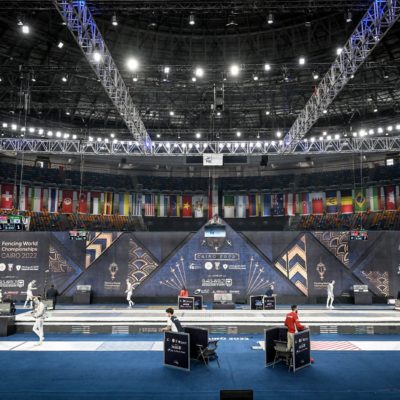The Olympics are in Athens in 2004, how are the teams chosen for the fencing competition?
Over the last 100 years, the number of sports represented in the Olympic games has mushroomed and the IOC took action to attempt to keep the total number of athletes participating in the games to a reasonable level so that the host nations will have a chance at running a decent games.
The mandated levels of athlete participation has led to changes in the selection process for the Games. Each nation is no longer guaranteed an athlete in each sport – now nations and athletes have to compete against not only their countrymen, but against others in their region or continent for an Olympic slot.
The addition of Women’s Sabre as an event in fencing has led to even more changes for 2004. In the 2004 Olympic Games all of the men’s events (epee, foil, and saber) will have both team and individual competitions, but Women’s Sabre and Women’s Foil will only hold an individual tournament with Women’s Epee the only women’s event to include a team competition.
Who gets to go?
Athletes are competing for slots based on their nation’s standing in the world (for team events) and based on individual world rankings (for the individual event.) Total participation is limited to 200 athletes over 6 events. Here’s a breakdown of what it will take for an aspiring swordsman (or swordswoman) to get a ticket to Athens:
Weapons with Team Events (Men’s events, Women’s Epee):
Team Events are comprised of teams of 3 fencers with 1 alternate. A total of 8 teams can compete in each team event. The top 4 teams in the world standings will qualify directly to the Olympics. The remaining 4 teams are chosen based on regional qualification. The top team from each region (Americas/Canada, Asia, Europe, Africa) that is not already qualified will earn a regional berth.
The individual event is a tournament with a field of 36 fencers. For the individual competition, the 24 fencers that competed in the team event qualify. After the first 24 fencers are chosen, the top 7 in the World standings qualify with a maximum of fencers from each region. Europe, Asia-Oceana, the Americas all get 2 fencers and Africa sends 1. The remaining 5 slots are determined by a continental qualifying competition with 2 from Europe and 1 from each of the remaining regions.
What about Women’s Foil and Women’s Sabre?
Since the women’s foil and saber events don’t have a team competition, a different set of criteria is used to pick the 24 fencers who will compete in the tournaments. The top 8 in the World rankings get their tickets punched (but only 2 can go from the same country from this set.) After the first 8 are chosen, the next 8 in are picked by region based on adjusted world rankings. (There are 3 slots for Europe, 2 for Asia, 2 for the Americas, and 1 for Africa.) The last 8 qualify based on continental competitions where countries that haven’t qualified any fencers on the first 2 rounds. In the last round, the allocation of slots remains at 3 Europe, 2 Asia and Americas, and 1 for Africa.
Outlook for the United States
The United States has a very good chance at qualifying teams in all of the men’s events and will need to beat Canada in the 2003-2004 season to get a regional berth in Women’s Epee. The US boasts 3 fencers in the top 21 in women’s saber, but is much weaker in women’s foil (the top US fencer is 43rd in the world). The US should send at least one women’s foilist from the continental competition.
Once the 2003 World Championships conclude in October we’ll take another look at the standings and preview the 2003-2004 season.







